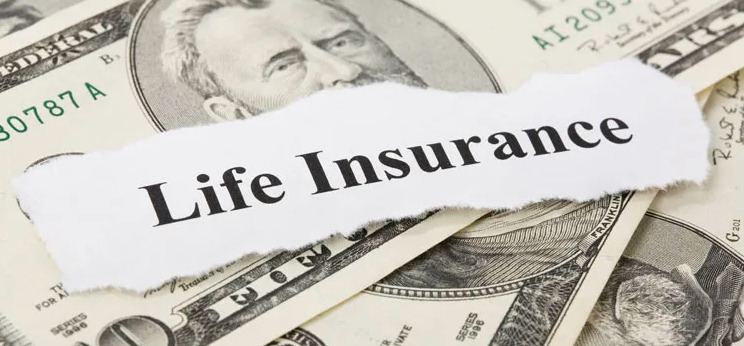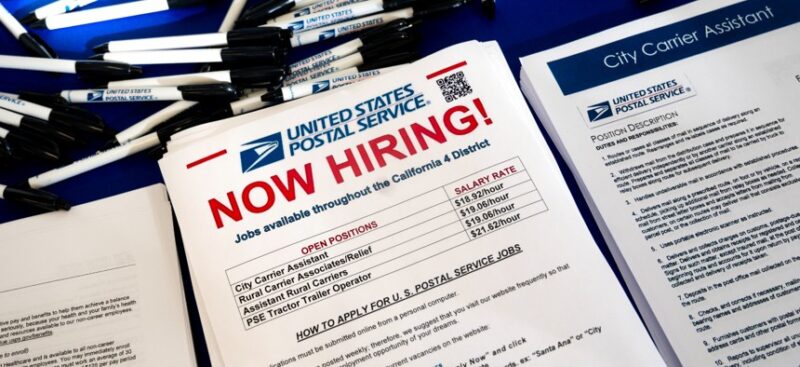he U.S. Postal Service has converted 63,000 part-time or non-permanent workers into career positions, with leadership saying it has helped stabilize the workforce after years of escalating turnover.
USPS has struggled for years with high turnover rates—particularly within its non-career workforce—leading postal management to identify new strategies to keep them on as it aims to grow its rolls. The conversions have also helped the Postal Service address employee availability issues during the COVID-19 pandemic, the agency said in a report marking the one-year anniversary of the unveiling of Postmaster General Louis DeJoy’s 10-year business plan.
The Postal Service has since 2010 increasingly relied on non-career workers, such as postal support employees and mailhandler assistants, as a cheaper alternative to reduce labor costs as part of efforts to keep pace with shrinking mail revenue. Non-career employees generally receive a less generous benefits package and lower pay than their permanent, full-time counterparts. The agency’s non-career staff grew by more than 60% between 2010 and 2017. At least some of the conversions were promised as part of collective bargaining negotiations.
The USPS inspector general has for years highlighted the problems with the Postal Service’s growing reliance on non-career workers. It found in a 2016 report, for example, that turnover the agency’s unionized, career workforce turns over every year was 1.2%, while in 2014 the non-career workforce had a 29% quit rate. By 2016, the turnover rate for non-career employees had climbed to 43%.
DeJoy previously laid out plans to reduce turnover by focusing on better options for non-career employees, highlighting the issue in testimony to Congress and in his 10-year plan. The trend marks a departure from the first months of DeJoy’s tenure, when the postmaster general led an effort to slash tens of thousands of non-union jobs by offering early retirement incentives and layoffs. USPS has since gone on a hiring spree and DeJoy has speculated he may add up to 100,000 positions compared to when he took over to meet growing package demand.
The Postal Service ended 2021 with nearly 517,000 career employees, its highest total since 2012. The non-career workforce has remained fairly steady in recent years at 136,000.
USPS boasted that it has committed more than $6 billion in core infrastructure over the last year, part of DeJoy’s promise to invest at least $40 billion by 2031. About half of the obligated total has gone toward the Postal Service’s controversial contract for new delivery vehicles, only about 20% of which are so far electric. Other investments have included new processing equipment, improvements to post offices and technology upgrades.
Postal management also highlighted its improvements in delivering mail on time, though it is still falling well short of its goals. It has also slowed down delivery for about 40% of First-Class mail, making it easier to hit its targets. USPS promised more changes to “optimize” its network, saying those plans are still in the works.
“These efforts—impacting all aspects of our operations and infrastructure—are being refined now and will be deployed in stages this year and in the coming years,” the Postal Service said.
USPS also again noted its “judicious” use of its new authority to raise prices above inflation, though it just this week proposed hiking its rates for the second time by nearly the fully allowable amount. Through a complicated formula derived from factors including inflation, declining mail volume and retiree costs, USPS could have raised its First-Class mail rates in July by 6.507%. It chose to raise them by 6.506%. The Postal Service has generated nearly $2 billion in annualized revenue from previous increases, the agency said.
If you want to know more information, please let us know via our Contact us







 Basic benefit plan
Basic benefit plan


Recent Comments